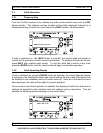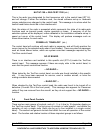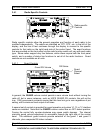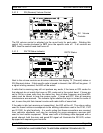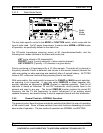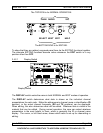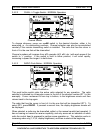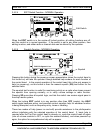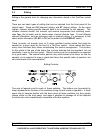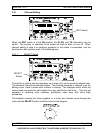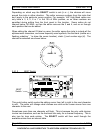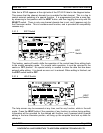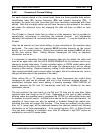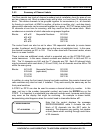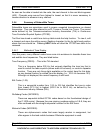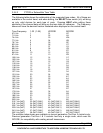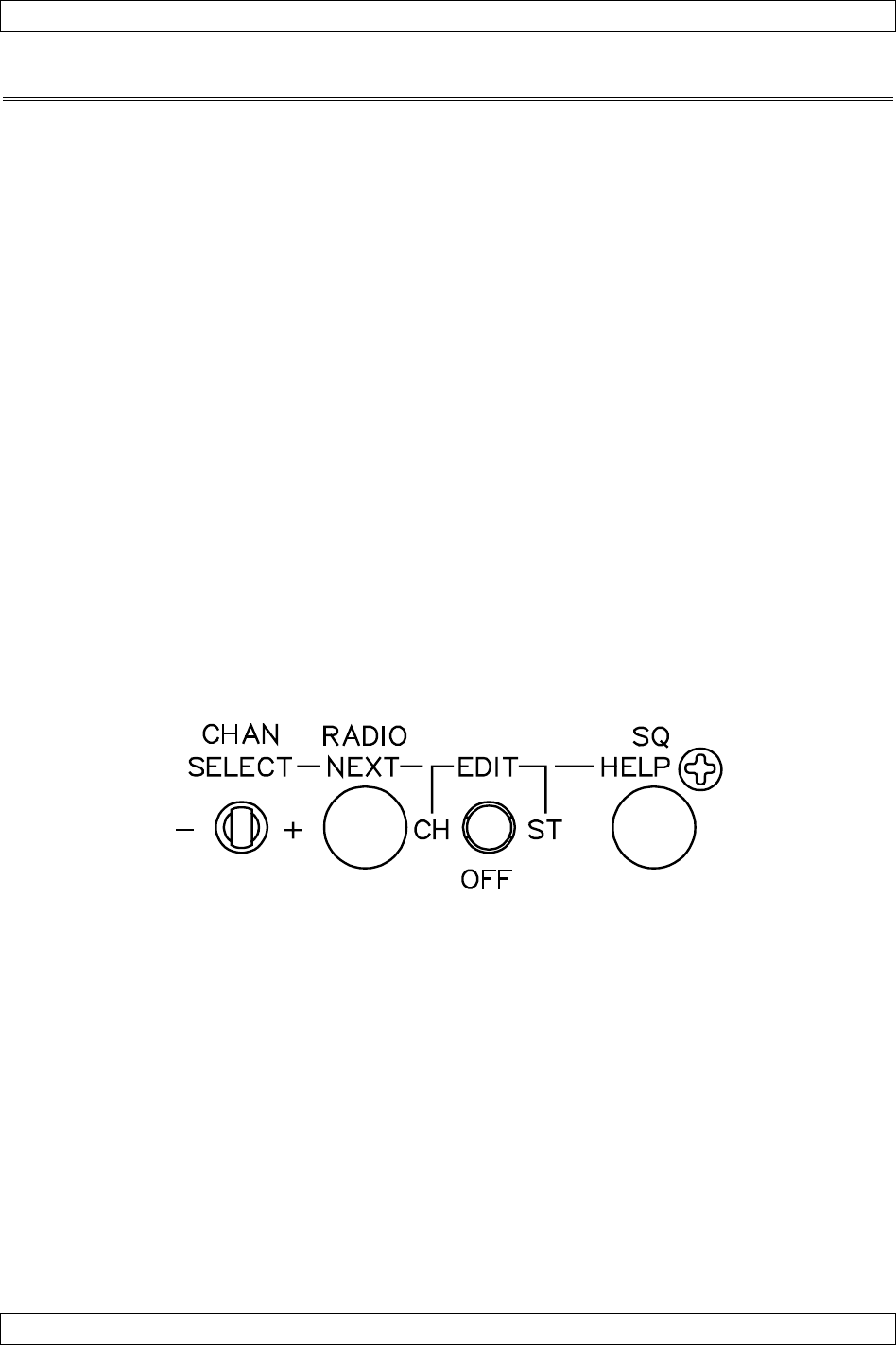
Tac/Com Control Head Manual SM06 Rev. 4.10
3.5 Editing
Editing is the general term for changing any information stored in the Tac/Com control
head.
There are two basic types of editing that can be selected from the front panel of the
control head. These are CH (channel) editing, and ST (status) editing. As the name
implies, channel editing permits channel data to be controlled by the operator. This
includes channel names, the transmit and receive frequencies and matching tones,
scan flags (for list scan) and for some radios, channel discrete lines. To edit different
channel information, such as frequency data or channel names, it is necessary to first
select which information (ID, RX, or TX) will be edited via the DISPLAY switch.
There is simply not enough room to fit every possible function switch that might be
needed for a given radio on the front of a Tac/Com control. Some radios also have
many more functions than others complicating this control arrangement. The solution
for this clutter is the use of the status line to show features that are important, but not
constantly in use on the front panel. Status functions can be as extensive as required
for a given radio. The internal editor permits only valid choices at all times, so that the
operator is not required to know a great deal about the specific radio in question, but
only what needs to be accomplished.
Editing Controls:
Two sets of legends exist for each of these switches. The bottom row (connected by
lines) represents the function of the switches during the edit mode of operation. It takes
some time to become familiar with the dual nature of these switches, but they greatly
reduce clutter on the front panel, and make it possible to package all of the required
functions into a size mechanically compatible with other systems.
Page 3-10 Jan 4, 2006
ENG-FORM: 806-0106.DOT
CONFIDENTIAL AND PROPRIETARY TO NORTHERN AIRBORNE TECHNOLOGY LTD.



